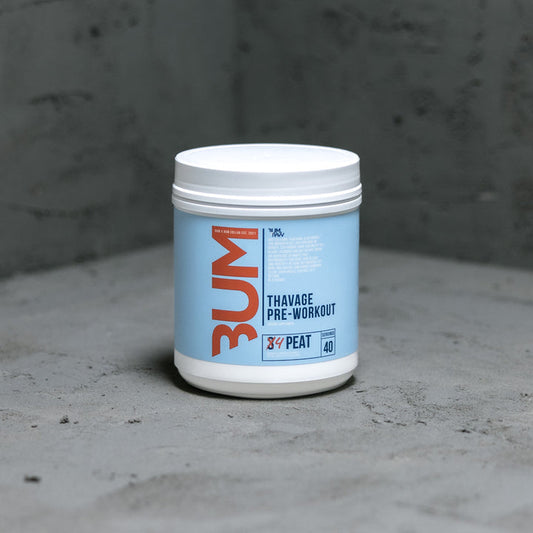Dumbbell bicep curls are one of the best exercises for building bigger, stronger biceps. They directly target the biceps brachii muscle in the front of the upper arm. When done properly and consistently, bicep curls can help you develop impressive arm muscle size and definition.
However, to maximize the effectiveness of bicep curls, proper form and technique is crucial. Improper form can limit results and lead to injury over time. In this comprehensive guide, we will cover proper dumbbell bicep curl technique, common mistakes to avoid, variations, tips for progressive overload, and sample workout plans.
Proper Dumbbell Bicep Curl Form
Stance
Stand with feet shoulder-width apart, knees slightly bent. Keep your core engaged throughout the movement. Avoid locking your knees.
Grip
Use an underhand (supinated) grip to fully activate the biceps. Hold the dumbbells with palms facing forward, hands shoulder-width apart. Avoid using a twist in the wrist.
Elbow Position
Keep elbows tight to your sides and stationary throughout the movement. Avoid flaring elbows out. This keeps constant tension on the biceps.
Range of Motion
Start with arms extended by your sides, palms facing forward. Initiate the movement by bending elbows and flexing to curl the weights up towards shoulders. At the top, ensure biceps are fully contracted. Slowly lower to starting position. Control both directions.
Forearms
As you curl, keep forearms vertical to the floor. Rotate at the elbow only, not the wrists. This isolates bicep contraction.
Torso
Maintain upright posture. Avoid excessive arching of the back or leaning backwards. Prevent body swinging or rocking during reps.
Breathing
Breathe normally without holding breath. Avoid straining or using momentum with body to lift the weights. Keep proper muscle tension.
Common Mistakes to Avoid
Improper body positioning - Leaning, swinging, or arching can compromise form.
Flared elbows - Keep elbows tight and fixed to maximize bicep activation.
Twisting wrists - Use simple wrist flexion. No twisting.
Partial range of motion - Use full range for complete development.
Too much weight - Focus on quality over quantity. Use lighter weight if form falters.
Bending wrists - Keep wrists straight to isolate biceps contraction.
Cheating - No swinging or using momentum. Use proper strength and tension.
Overtraining - Allow adequate recovery between bicep sessions.
Ego lifting - Chase muscle growth, not personal bests each session.
Bicep Curl Variations
There are several variations of dumbbell curls that target the biceps from different angles. For complete bicep development, incorporate some of these into your routine:
- Standard bicep curl - Palms up grip, elbows tight. Focuses on central bicep peak.
- Hammer curl - Palms facing each other, elbows tight. Hits outer bicep head.
- Concentration curl - Seated arm brace on thigh, single arm. Inner bicep emphasis.
- Incline dumbbell curl - On 30-45 degree incline bench. Stretches bicep for fuller contraction.
- Reverse curl - Palms down grip, elbows tight. Targets forearm brachialis muscle.
- Zottman curl - Upward palm up, downward palm down combo. Complete bicep workout.
Progressive Overload for Gains
Progressive overload is key for continued bicep growth. This means gradually increasing the tension overload on the biceps over time to force new growth. Some ways to overload curls:
- Increase weight used for sets/reps
- Add more reps per set
- Add additional sets
- Reduce rest between sets
- Use intensity boosting techniques like drop sets, burnouts etc.
- Change hand positioning to increase difficulty
- Slow down the eccentric and concentric
Listen to your body and increase dumbbell weight and volume gradually over time. Take periodic deload weeks to allow recovery.
Sample Bicep Curl Workouts
Here are some sample bicep workouts showing exercise order, sets, reps and rest:
Workout 1
- 1A) Dumbbell Bicep Curl - 3x10-12 reps, 90 sec rest
- 1B) Hammer Curls - 3x10-12 reps, 90 sec rest
- 2A) Concentration Curls - 2x12-15 reps, 60 sec rest
- 2B) Zottman Curls - 2x12-15 reps, 60 sec rest
Workout 2
- 1) Incline Dumbbell Curls - 4x8-10 reps, 60 sec rest
- 2) Reverse Curls - 3x12-15 reps, 45 sec rest
- 3) Dumbbell Curl Drop Set - 1x12/10/8 reps, 30 sec rest
Workout 3
- 1) Alternating Dumbbell Curls - 4x6-8 reps, 60 sec rest
- 2) Concentration Curls - 3x10-12 reps, 45 sec rest
- 3) High Rep Dumbbell Curl Burnout - 1x25-30 reps, 60 sec rest
Adjust sets, reps and load to suit your training level and recovery capacity. Add other complimentary exercises like overhead tricep extensions to complete the workout.
Conclusion
Perfecting your dumbbell bicep curl form and technique is an essential part of any arm training routine. By focusing on proper setup, range of motion, isolating the biceps, and avoiding common mistakes, you can maximize the benefits and muscular gains. Be sure to incorporate some of the variations described, use progressive overload, and follow a smart training plan. In time, your biceps will respond with impressive size and definition.




